SFP modules
-
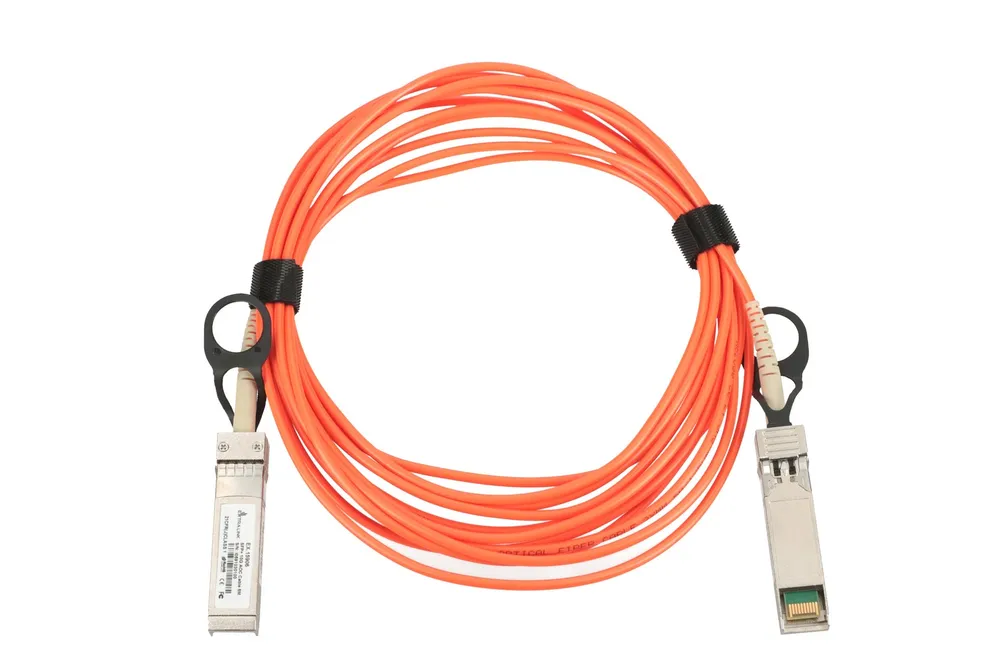
Extralink AOC SFP+ cable
142,45 zł Gross -
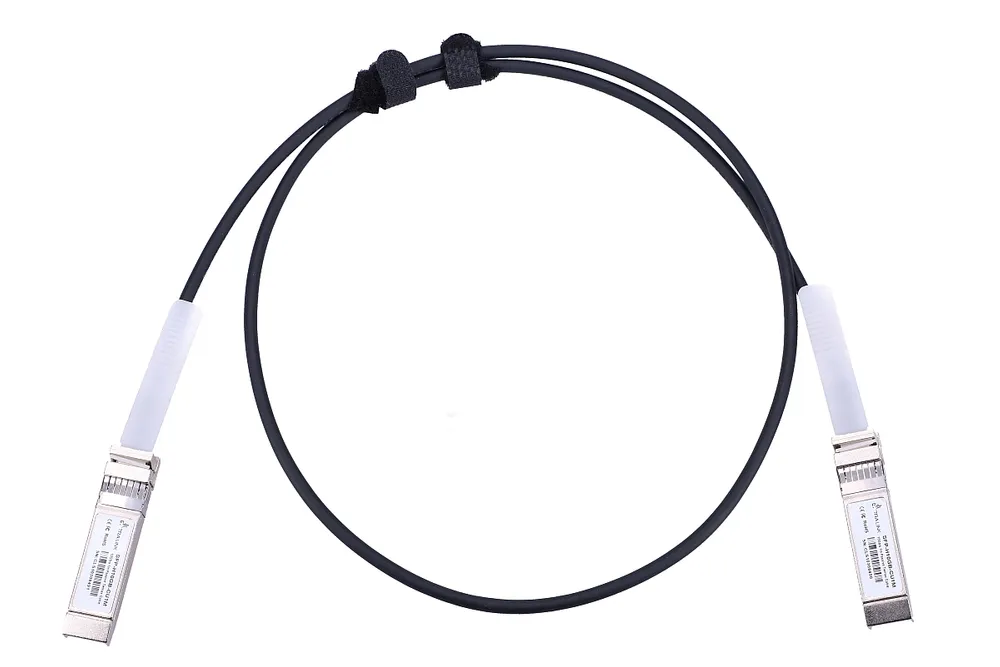
Extralink DAC SFP+ DAC cable
35,27 zł Gross -
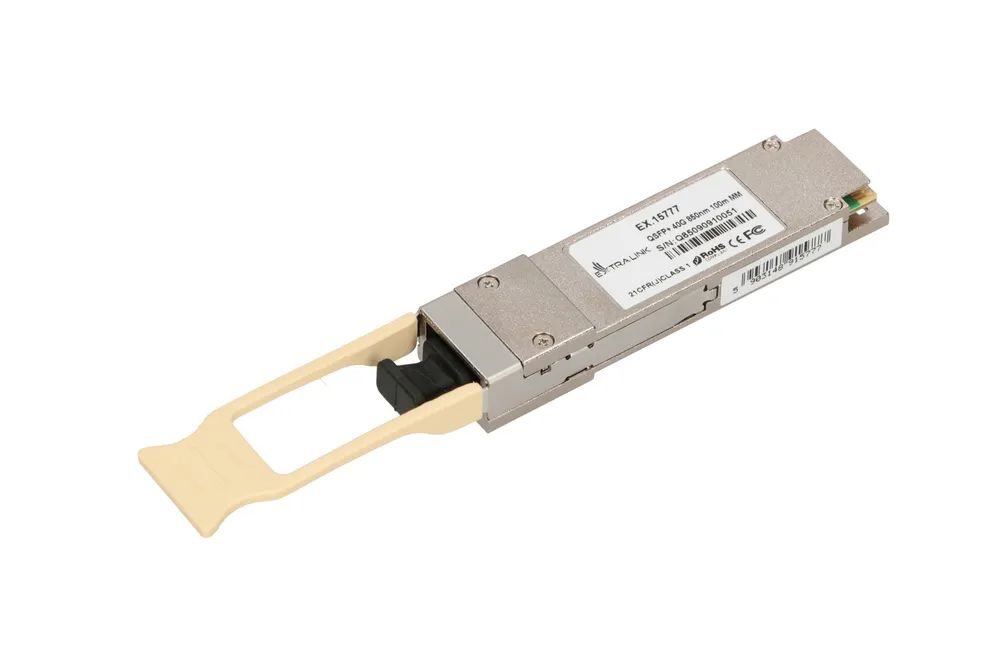
Extralink QSFP+ 40Gbps QSFP+ module
250,72 zł Gross -
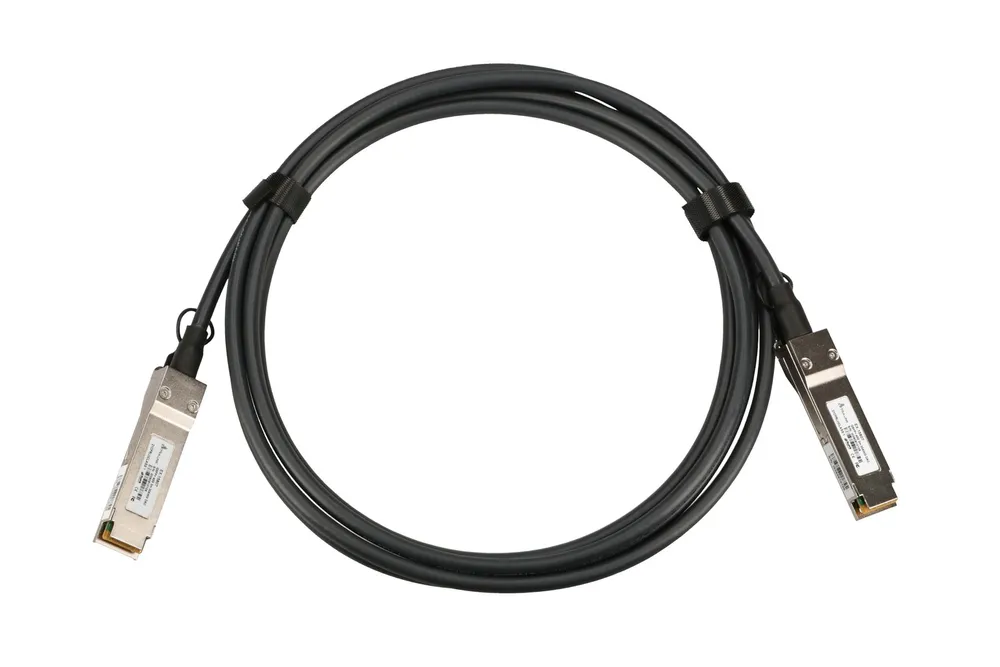
Extralink QSFP+ DAC cable
112,60 zł Gross -
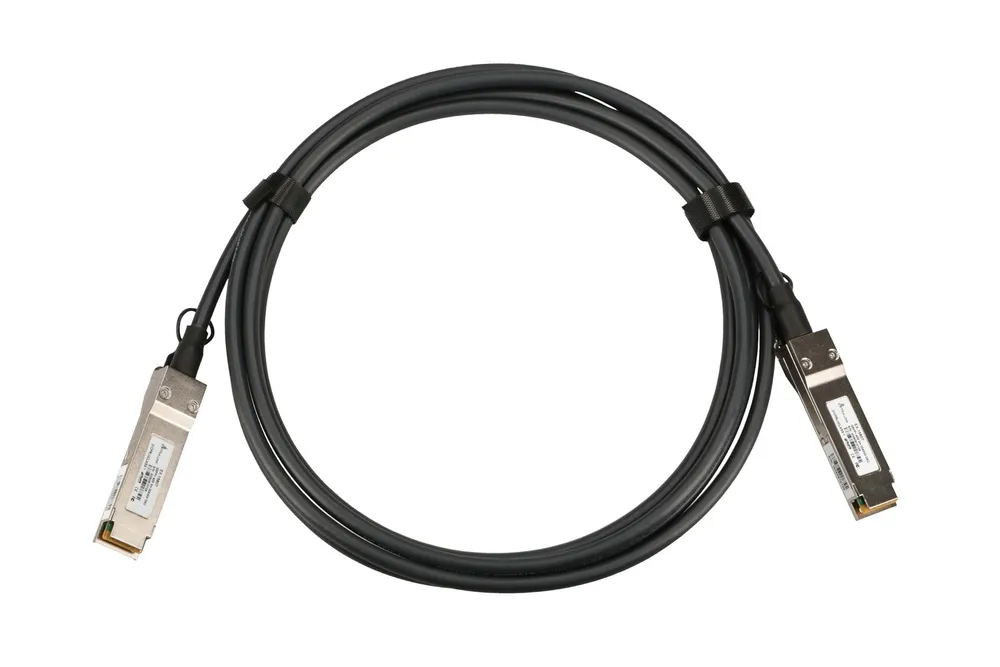
Extralink QSFP+ DAC cable
180,88 zł Gross -
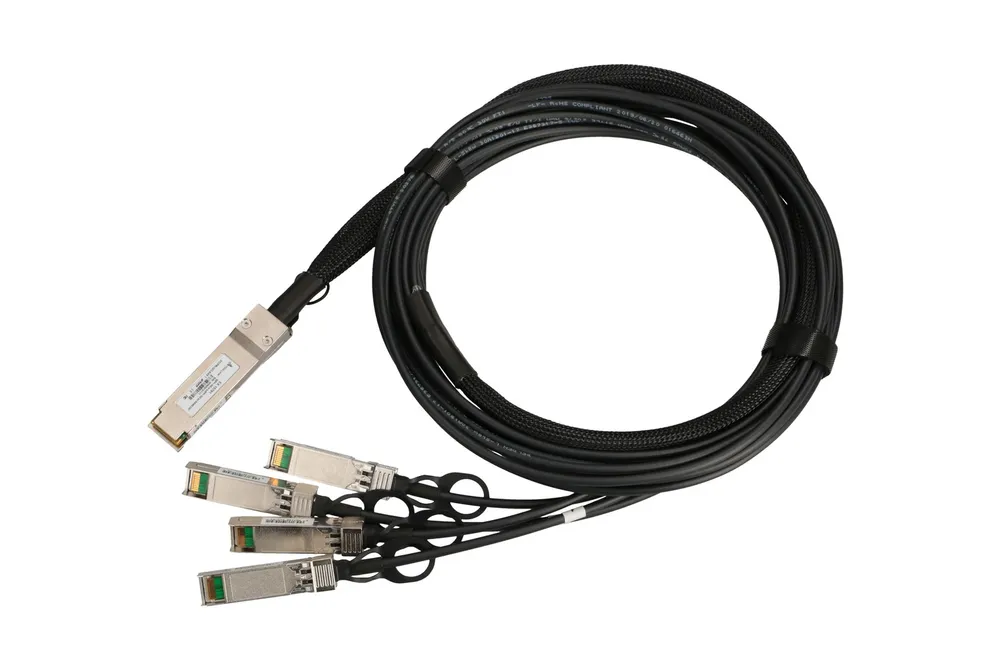
Extralink QSFP+ DAC cable
234,39 zł Gross -
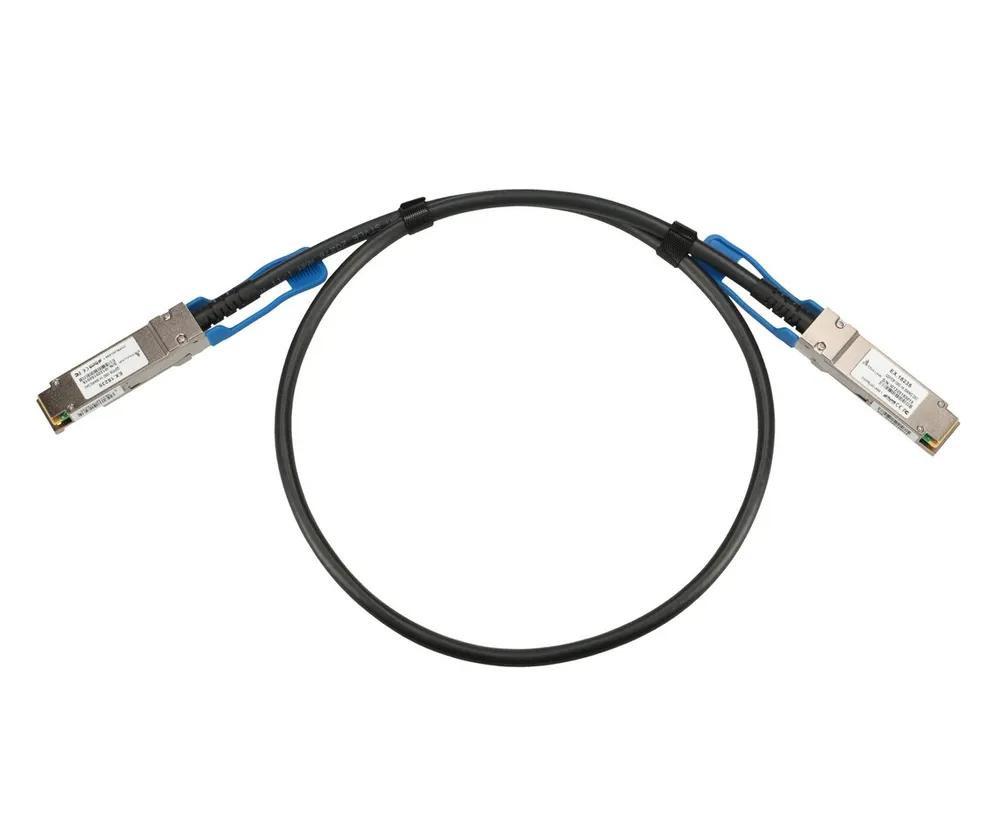
Extralink QSFP28 DAC cable
229,77 zł Gross -
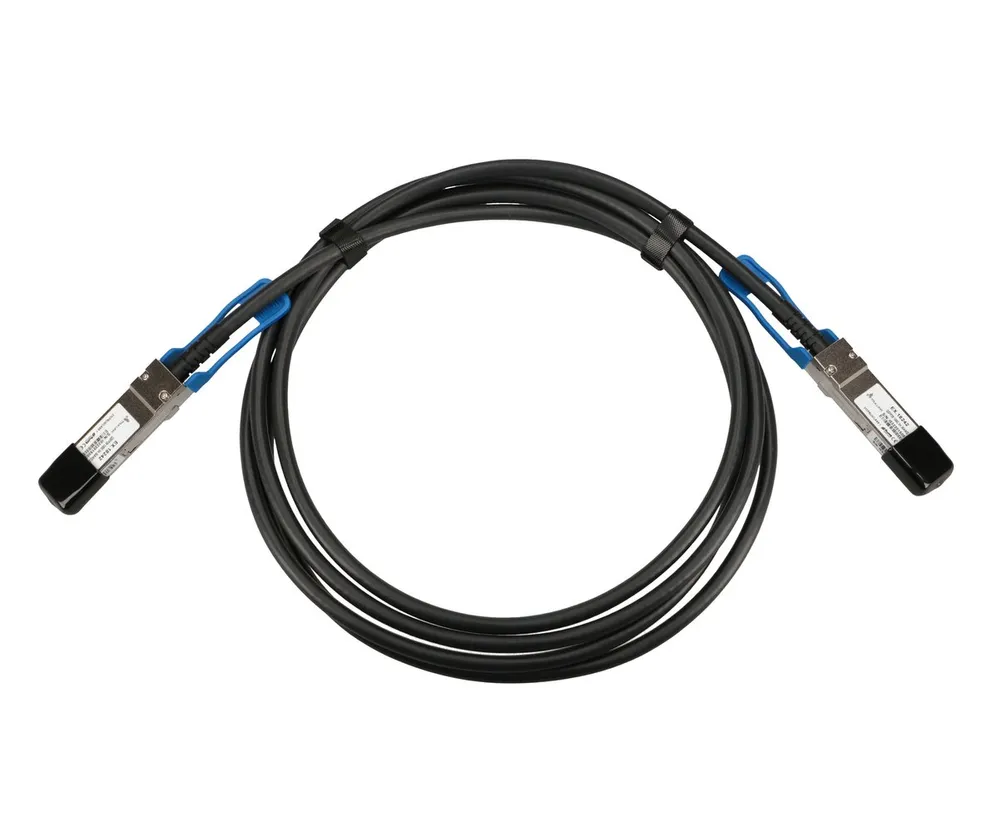
Extralink QSFP28 DAC cable
309,97 zł Gross -

Extralink QSFP28 module
1316,87 zł Gross -

Extralink QSFP28 module
1752,20 zł Gross -
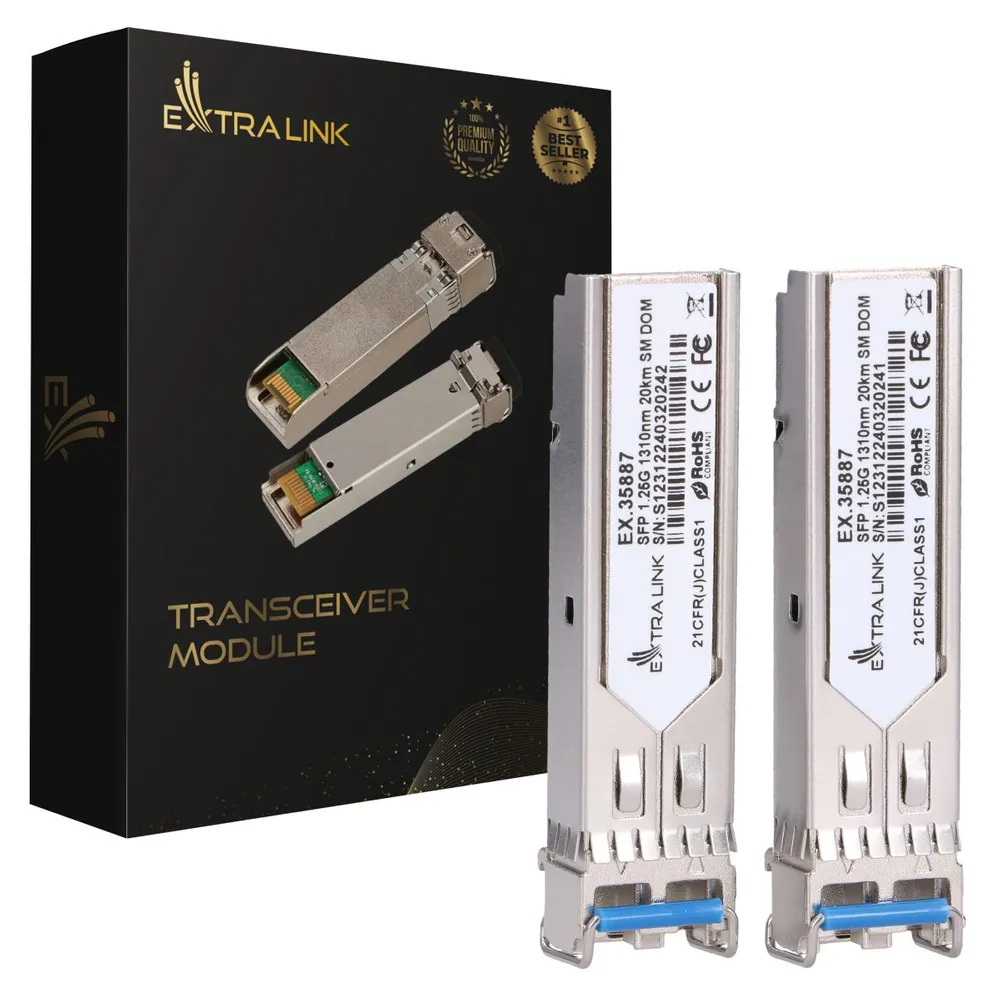
Extralink SFP 1.25G 2-pack SFP module
51,57 zł Gross -
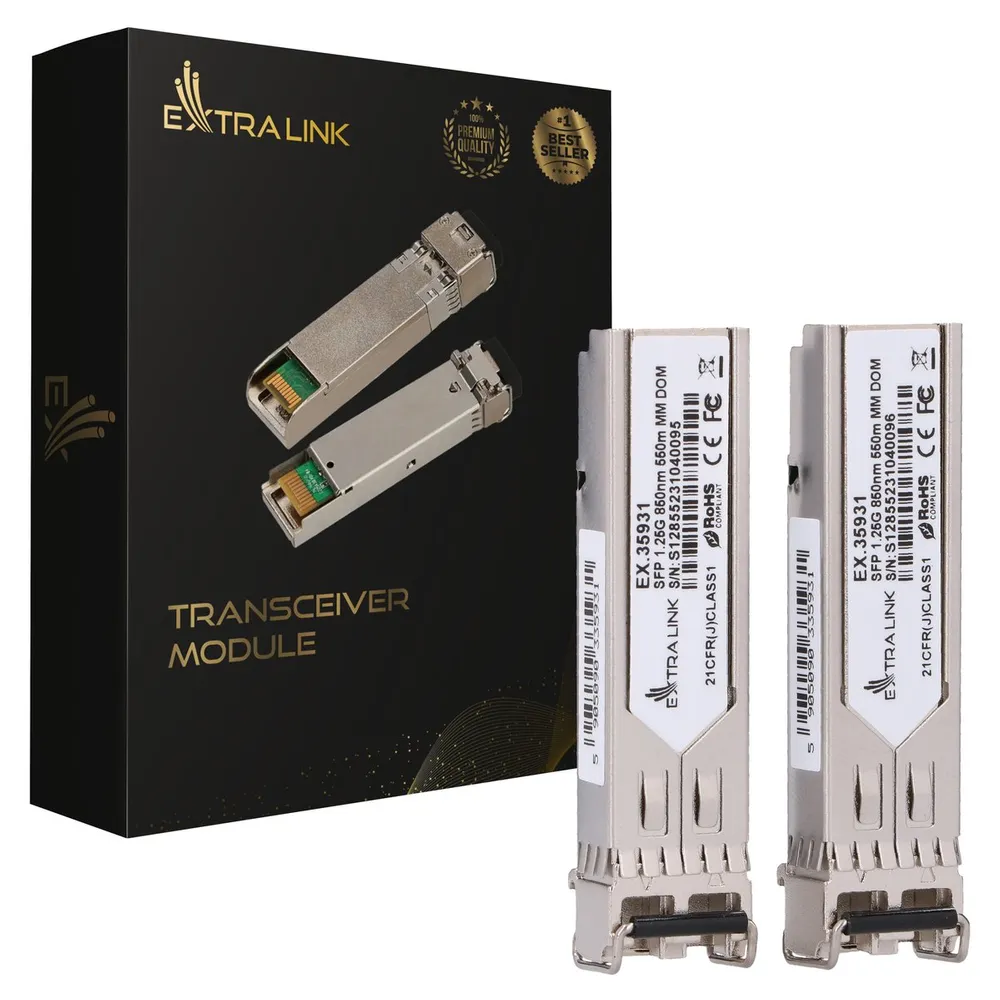
Extralink SFP 1.25G 2-pack SFP module
58,61 zł Gross -
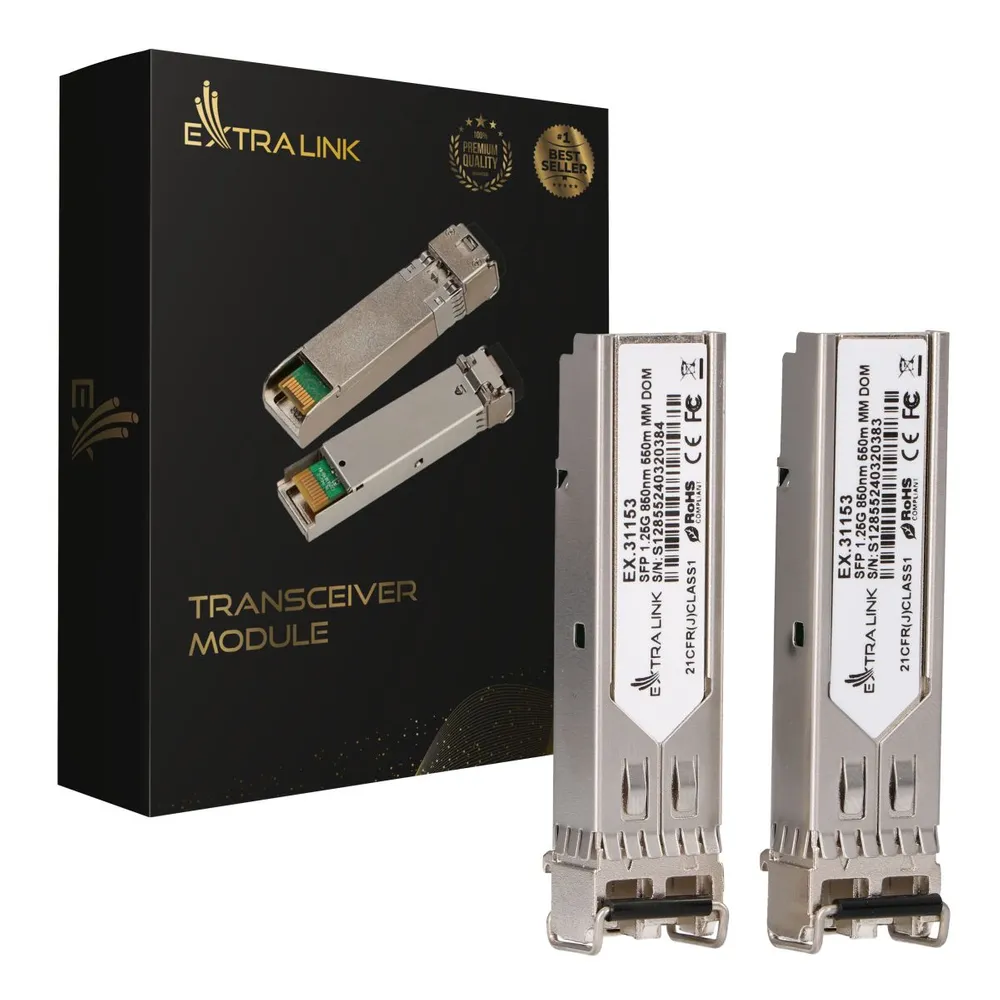
Extralink SFP 1.25G 2-pack SFP module
88,97 zł Gross -
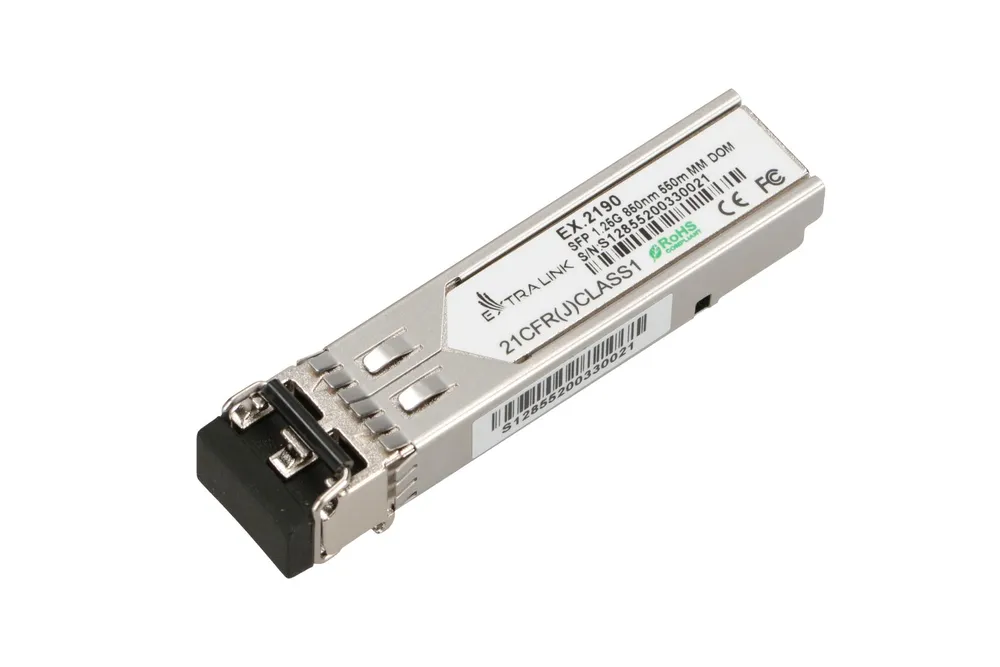
Extralink SFP 1.25G SFP module
28,34 zł Gross -
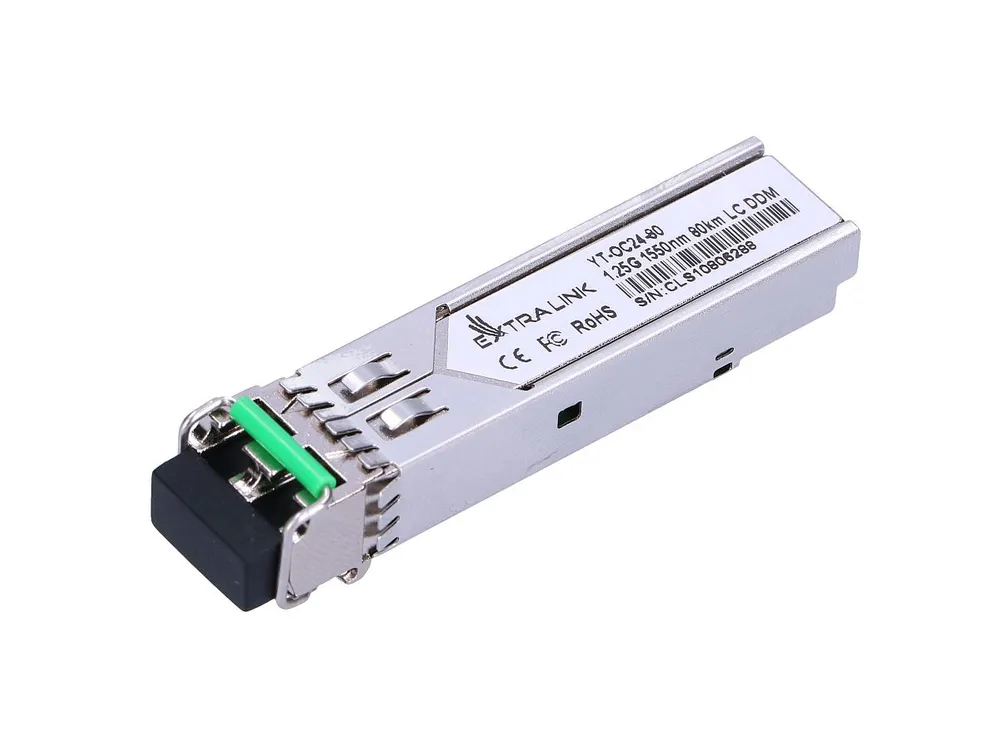
Extralink SFP 1.25G SFP module
86,04 zł Gross -
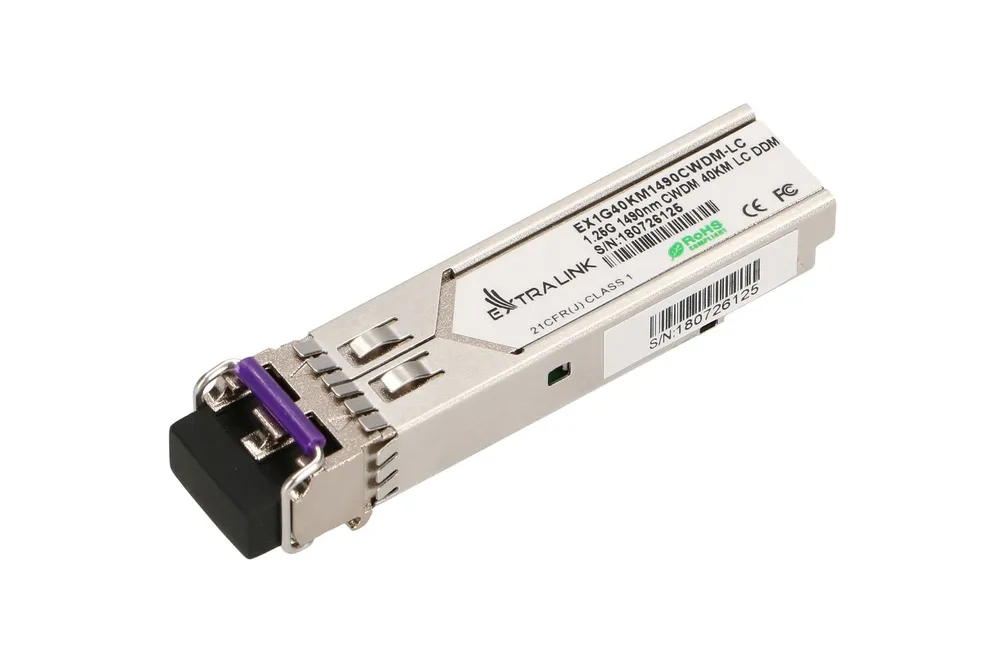
Extralink SFP 1.25G CWDM SFP Module
134,54 zł Gross
SFP modules
SFP modules are compact transceivers that enable the conversion of electrical signals. They are commonly used in network devices such as switches, routers or media converters, allowing flexibility in the choice of transmission media and the expansion and scaling of networks. With SFP modules, connections can be easily adapted to different cable types and distances over which the signal is to be transmitted.
SFP module types
SFP modules differ in several key parameters that determine their use in the network:
- Transmission length: SFP modules can support various transmission distances, from a few metres to tens of kilometres. For example, SFP modules dedicated to short indoor links can operate over distances of a few metres using DAC cables, while CWDM modules are capable of transmitting signals over many kilometres using optical fibre.
- Port speed: SFP modules support different transmission speeds, such as 1.25 Gbps, 10 Gbps or even 40 Gbps. The choice of speed depends on the requirements of the network and the throughput you want to achieve.
- Output connector: SFPs can have different output connectors, such as LC, SC for optical transmission, or RJ-45 for copper transmission.
- Wavelength: SFP modules also differ in the wavelength of light they emit. This can be, for example, 850 nm for short-distance connections or 1310 nm and 1550 nm for longer distances.
- Cable type: SFPs can support different cable types, such as fibre or copper. Examples include AOC and DAC cables, which are designed for short, high-speed connections.
How do I choose the right SFP module?
- Transmission distanceIf you need a module for short internal calls, a good solution may be Extralink AOC SFPwhich connects devices over short distances using fibre-optic cable. However, for long-distance connections over many kilometres, it is worth considering Extralink SFP 1.25G CWDMwhich offers greater range thanks to CWDM technology.
- Capacity: For networks requiring high bandwidth, such as data centres, an SFP module supporting 40 Gbps, such as a Extralink QSFP+ 40Gbps, will be the right choice. However, if you need a standard 1.25 Gbps connection, a module may be sufficient. Extralink SFP 1.25G to RJ45.
- Connector type: Optical connectors, such as LC or SC, are commonly used for fibre optic connections, while RJ-45 connectors are used for copper cables. When choosing a module, make sure that the connector is compatible with the port of the device you plan to connect.
- Cable type: For short connections within the same device, DAC cables are ideal, such as Extralink DAC SFPwhich offer low latency and are more economical. AOC cables, on the other hand, are perfect for those who need flexibility and transmission speed.
- Application: Depending on specific needs, such as connections in a server room or a wide area corporate network, the choice of the appropriate module may vary. For example, Extralink QSFP DAC is the ideal solution for direct, short-distance, high-capacity connections.
